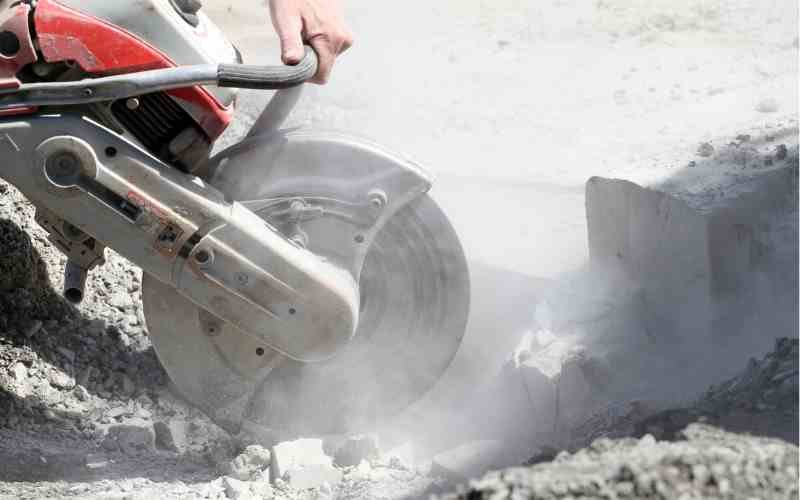Concrete cutting is a crucial aspect of construction and renovation projects, demanding precision and efficiency. The right concrete cutting equipment can make all the difference in achieving clean, accurate cuts while ensuring the safety of the workers. In this blog, we will delve into the world of concrete cutting equipment, exploring the various types, key considerations, and advancements in technology that contribute to mastering this essential construction skill.
Understanding the Types of Concrete Cutting Equipment:
Diamond Blades and Sawing Machines:
- Diamond blades are the workhorses of concrete cutting, known for their durability and ability to handle various materials. Sawing machines equipped with diamond blades come in different configurations, such as handheld saws, walk-behind saws, and wall-mounted saws, allowing for versatility in different project scenarios.
Concrete Chainsaws:
- Chainsaws designed specifically for cutting through concrete are ideal for tasks like creating openings for doors and windows or cutting through thick concrete walls. They provide a powerful and efficient solution for projects requiring depth and precision.
Concrete Wall and Wire Saws:
- For specialized applications like creating openings in vertical structures or cutting through large, reinforced concrete sections, wall saws and wire saws offer the necessary flexibility and precision. These advanced tools are particularly useful in complex construction projects.
Core Drilling Machines:
- Core drilling is essential for creating holes of various diameters in concrete surfaces. Core drilling machines, equipped with diamond-tipped bits, provide a clean and efficient method for tasks like installing plumbing, electrical, or HVAC systems.
Key Considerations When Choosing Concrete Cutting Equipment:
Project Requirements:
- Assess the specific needs of your project, considering factors such as the type of cut, depth, and materials involved. Different equipment is suited for various applications, so selecting the right tool for the job is crucial.
Safety Features:
- Prioritize equipment with safety features such as ergonomic designs, vibration reduction, and dust control systems. Safety should always be a top consideration when working with powerful cutting tools.
Power Source:
- Consider the power source that best suits your project requirements. Whether electric, hydraulic, or gasoline-powered, choose a system that aligns with the demands of your worksite.
Cutting Speed and Accuracy:
- Evaluate the cutting speed and accuracy of the equipment. Precision is vital in construction projects, and the efficiency of the cutting process can impact overall project timelines.
Advancements in Concrete Cutting Technology:
Remote-Controlled Equipment:
- Remote-controlled concrete cutting equipment enhances operator safety and precision, allowing for operation from a distance and reducing exposure to potentially hazardous environments.
Laser-Guided Systems:
- Laser-guided cutting systems improve accuracy by providing a visual guide for operators, ensuring that cuts are made with precision and adherence to specified measurements.
Dust Extraction Systems:
- Advanced dust extraction systems contribute to a healthier work environment by minimizing airborne particles, protecting workers from respiratory issues, and maintaining the cleanliness of the construction site.
Conclusion:
Investing time in understanding the diverse world of concrete cutting equipment pays off in terms of project efficiency, safety, and overall success. By selecting the right tools, considering key factors, and staying abreast of technological advancements, construction professionals can master the art of concrete cutting, ensuring that their projects are executed with precision and excellence.








